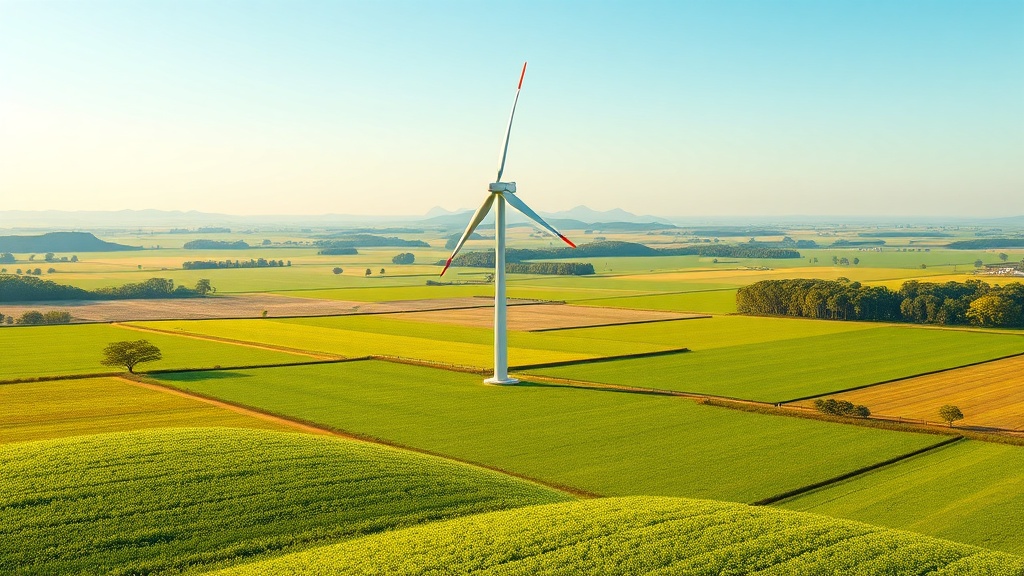Home / Environment / Canada's Net-Zero Transition: Balancing Regional Competitiveness and Cohesion
Canada's Net-Zero Transition: Balancing Regional Competitiveness and Cohesion
2 Oct
Summary
- Canada faces a challenge in ensuring all regions can participate in and benefit from the transition to a clean economy
- Rural and remote regions accounted for 52% of Canada's greenhouse gas emissions in 2022
- Successful sustainability transitions require both innovation-driven growth and support for regions facing economic disruption

In 2025, as Canada advances towards its 2050 net-zero emissions target, the country is facing a fundamental challenge: ensuring all parts of the country can participate in and benefit from the transition to a clean economy.
Canada's diverse regional economies, spanning from Alberta's oilsands to Québec's hydroelectric systems and northern mining operations, mean that the net-zero transition will manifest differently across the country. This creates opportunities for some regions but also vulnerabilities for others, particularly rural and remote areas.
These rural and remote regions, which accounted for 52% of Canada's total greenhouse gas emissions in 2022, host industries like oil, gas, coal and mining that power the country's economic development. Ensuring an equitable net-zero transition requires promoting regional competitiveness while also supporting regions facing economic disruption.
Successful sustainability transitions demand a balance of innovation-driven growth strategies and targeted assistance for communities impacted by the phasing out of old industries. Canada needs to ensure the net-zero transition translates into broadly shared prosperity rather than exacerbated regional inequalities.
The European Union's Just Transition Mechanism provides valuable insights for Canadian policymakers, combining competitiveness and compensation strategies within a comprehensive development model. This approach recognizes that effective sustainability transitions require both incentives for innovation and protections for disrupted communities.
As Canada encourages new economic activities essential for net-zero, such as critical minerals development, it is crucial that past inequalities are not reproduced, particularly regarding Indigenous rights holders. The stakes of this transition are considerable, and the policies adopted today will determine whether Canada can put the country on a path to sustainable and inclusive growth.



